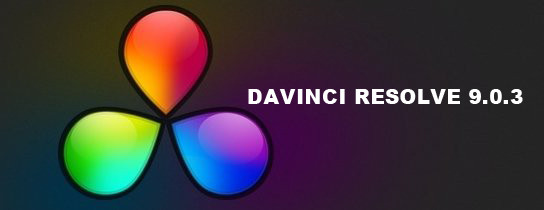Courses
DaVinci Resolve Course Rating
On December 1 and 2 took place the DaVinci Resolve course organized by 709 Media Room. It was given by Luis Ochoa, colorist with experience in projects in London and Spain, and trainer in postproduction and color correction since 2004.
This intensive course consists of 12 hours of duration, spread over two days that cover a fairly broad agenda in order to obtain the basic knowledge on the use of this color correction system.
DaVinci Resolve is a powerful system with a great advantage over the others, it has a Lite version that is completely free, making it a software available to everyone. The differences between this version and the paid version, as well as the comparison between version 8 and the recent update 9 are some of the topics we touch on right at the beginning.
In 709 Media Room’s courses, as in any training center, there is an established syllabus. However, the fact that there are not too many attendees allows us to adapt this syllabus to their level. That is to say, it will be possible to do a more basic course, focusing mainly on the interface, on certain tabs such as “Color”, or to cover in depth certain aspects such as the conformation or the composition part.
During the first day, a first contact with the tool is made, explaining the interface, the use of the different windows and settings. The most important settings are taught, such as project configuration (among many others), and then we return to others that are significant as we advance in the knowledge of DaVinci.
The conforming process takes most of the time in color correction, and that’s why this topic took the rest of the first day. The course is not only focused on the interface, explaining each of its tools, but it is organized in terms of workflows that we will see as a result of conforming.
Luis Ochoa gives examples of possible workflows and provides us with material that adapts to these situations so that we can practice and, above all, encounter some problems.
For example, the first exercise consisted of how to do a DIT job with DaVinci, importing the material, applying a LUT and inserting a timecode on screen. Later we started with the XML and EDL, with some cheating so that the linking with the clips or the cuts are not perfect from the beginning, which is what will probably happen in a real project.

Another of the practices consisted of replacing some drawings, because it is easy that if we are correcting the color, we are sent new drawings that have been modified and we have to replace them.
To finish with workflows, Luis showed us how to work with materials from RED (including HDRx from Epic), ARRI and Blackmagic cameras.
Of course, most of the second day we were in the “Color” window, learning step by step all the tools it has, with its primaries, secondaries, masks, tracking, keyframe corrections, applications and creation of LUTs and Powergrades, etc. We also spent a lot of time on the different types of nodes and how to use them (you can see the complete syllabus here).
To finish the course we saw how to render in the “Deliver” tab, and with it a last practice example, seeing how to export (and import) if we have a mix of frame sizes.
Next February there will be a new call for this course, in which you can already sign up. And if you are interested in DaVinci Resolve but you already have a basic level on the tool and want to go a little deeper in some color correction techniques and look creation, I recommend the advanced DaVinci Resolve course. Here you have all the information about this last one.



